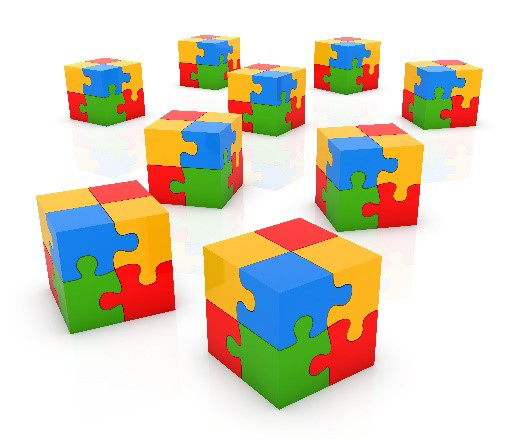Are you Investing in Modular Design?
 While attending a conference last month, one of the presentations that caught my attention described a concept whereby circuit board modules were connected together in order to create a wrist watch band. The modules (GPS, Bluetooth, Wi-Fi, etc.) could be interchanged in order to allow the user to easily add and remove functionality. Throughout the session, the speaker described the various benefits of modular (reusable) circuit design. Modular design is commonly defined as subdividing a system into smaller parts that can be independently created, and then used not only in the original system, but also in subsequent systems. The presenter explained that the concept of designing, validating, and reusing information is common in the software and IC domains, but not nearly as common in the PCB realm. Based on my experience, I have to agree; formal modular design in the PCB domain requires planning and investment that many product development teams consider a luxury. After all, a goal of being first to market seems counter to a goal of investing time and effort in establishing a repository of reusable modular circuit blocks.
While attending a conference last month, one of the presentations that caught my attention described a concept whereby circuit board modules were connected together in order to create a wrist watch band. The modules (GPS, Bluetooth, Wi-Fi, etc.) could be interchanged in order to allow the user to easily add and remove functionality. Throughout the session, the speaker described the various benefits of modular (reusable) circuit design. Modular design is commonly defined as subdividing a system into smaller parts that can be independently created, and then used not only in the original system, but also in subsequent systems. The presenter explained that the concept of designing, validating, and reusing information is common in the software and IC domains, but not nearly as common in the PCB realm. Based on my experience, I have to agree; formal modular design in the PCB domain requires planning and investment that many product development teams consider a luxury. After all, a goal of being first to market seems counter to a goal of investing time and effort in establishing a repository of reusable modular circuit blocks.
Most new products are based, to a large extent, on existing products. For example, a cellular phone is not redesigned from scratch with each new version. Sure the industrial design changes, and some features are added or removed, but many of the schematic blocks (and at times the PCB blocks) are often reused. Why redesign the RF block or the video controller with each version of the product when the existing circuits have been proven to perform to specification? Design teams are all too aware of the benefits of reusing known good circuitry; however, according to the presenter, unless the reuse is formal and planned, many of the benefits could potentially be lost.
During the session, the presenter mentioned that companies investing in a modular design methodology will often assign engineers solely to designing modules, not designing product. Going back to my previous examples, this means there are engineers solely focused on designing RF blocks or video controllers. Clearly these companies have made a conscious investment in modular design. They are playing the “long game,” understanding that devoting time, effort, and resources to formally developing and managing reusable modular circuit blocks will ultimately help ensure they are not only first to market, but that a product developed with tested and validated circuit modules will be of high quality.
The Xpedition tool suite provides innovative technologies that recognize the importance of modular circuit design. Xpedition support for this advanced technology includes enterprise-wide data management of the reusable circuit blocks from both the library and design perspectives. A short video overview of the Xpedition block reuse process, Managed Block Reuse, along with an on-demand web seminar entitled Get to Market First with Reusable Circuit Blocks, are both available for more in-depth information. With Xpedition, reusable circuit blocks can jump start new designs, thereby accelerating the product development process and providing a key differentiator in addressing the challenge to get to market first.
Comments
Leave a Reply
You must be logged in to post a comment.



I think it’s a very exciting time to be a PCB Designer. Design reuse and modular design are extremely important tools to employ. Getting to market first is a big edge. Designers can contribute to that immensely. The library has always been the key to quality PCB design. Now it’s not only library components, but library blocks and modules as well. Investing time in the library has always been time well spent.